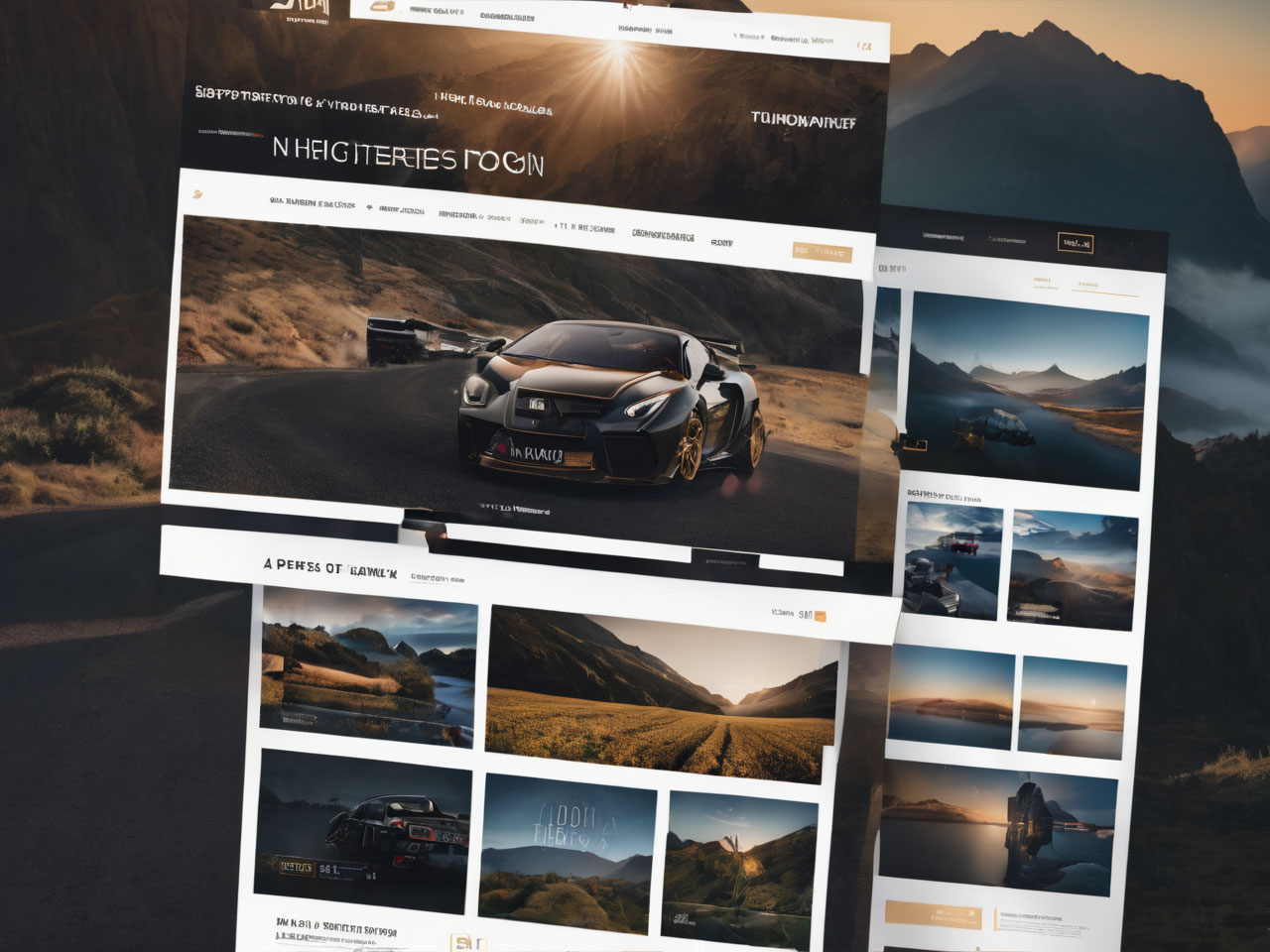In the fast-paced digital world, a website’s success is often determined by its visibility on search engines. SEO-friendly web design is the key to achieving higher search engine rankings, attracting organic traffic, and providing an exceptional user experience. In this article, we’ll explore the principles of SEO-friendly web design and how it can contribute to the online success of your website.
The Importance of SEO-Friendly Web Design
Search Engine Optimization (SEO) is the practice of enhancing a website’s visibility on search engine results pages (SERPs). SEO-friendly web design focuses on creating a site that search engines can easily crawl, understand, and rank. Here’s why it’s crucial:
- Higher Search Rankings: Websites that follow SEO best practices are more likely to rank higher on search engine results, increasing their visibility to potential visitors.
- Increased Organic Traffic: When your website ranks well for relevant keywords, it attracts organic (non-paid) traffic, reducing your reliance on paid advertising.
- Better User Experience: SEO-friendly design principles often align with user experience improvements, leading to happier visitors and longer time spent on your site.
- Mobile Optimization: As mobile internet usage continues to rise, an SEO-friendly design ensures that your site is mobile-responsive, catering to a broader audience.
SEO-Friendly Web Design Principles
To create a website that search engines love, consider the following principles:
1. Responsive Design
A responsive design ensures your website looks and functions well on various devices, including smartphones and tablets. Google favors mobile-friendly sites, so responsive design is crucial for SEO.
2. Fast Page Loading
Page speed is a ranking factor for search engines. Optimize images, reduce server response times, and use browser caching to improve loading times.
3. Clean and Structured Code
Search engines prefer clean, well-structured code. Ensure your website’s HTML and CSS are well-organized, and use schema markup for rich snippets in search results.
4. SEO-Friendly URLs
Create URLs that are descriptive and include relevant keywords. Avoid long, convoluted URLs with unnecessary parameters.
5. Quality Content
High-quality, relevant, and engaging content is at the heart of SEO. Regularly update your content and use keywords strategically, but avoid keyword stuffing.
6. Effective Keyword Usage
Keyword research is vital. Identify the keywords and phrases your target audience is likely to use in search queries and incorporate them naturally into your content.
7. User-Friendly Navigation
A well-structured menu and internal linking make it easy for both users and search engines to navigate your site. Keep your website’s structure organized and intuitive.
8. Image Optimization
Optimize images by reducing file sizes without compromising quality. Use descriptive alt text for images to enhance accessibility and SEO.
9. Secure and Mobile-Friendly
Google gives preference to secure (HTTPS) websites. Additionally, mobile-friendliness is essential, as Google primarily uses the mobile version of a site for ranking and indexing.
10. Regular Updates and Maintenance
Consistently update your website with fresh content, monitor its performance, and fix any broken links or issues promptly.
Conclusion
SEO-friendly web design is the foundation of online success. By following these principles, you can create a website that not only pleases search engines but also provides a seamless and engaging experience for your visitors. Keep in mind that SEO is an ongoing process, and staying updated with best practices is essential to maintain and improve your search engine rankings.













